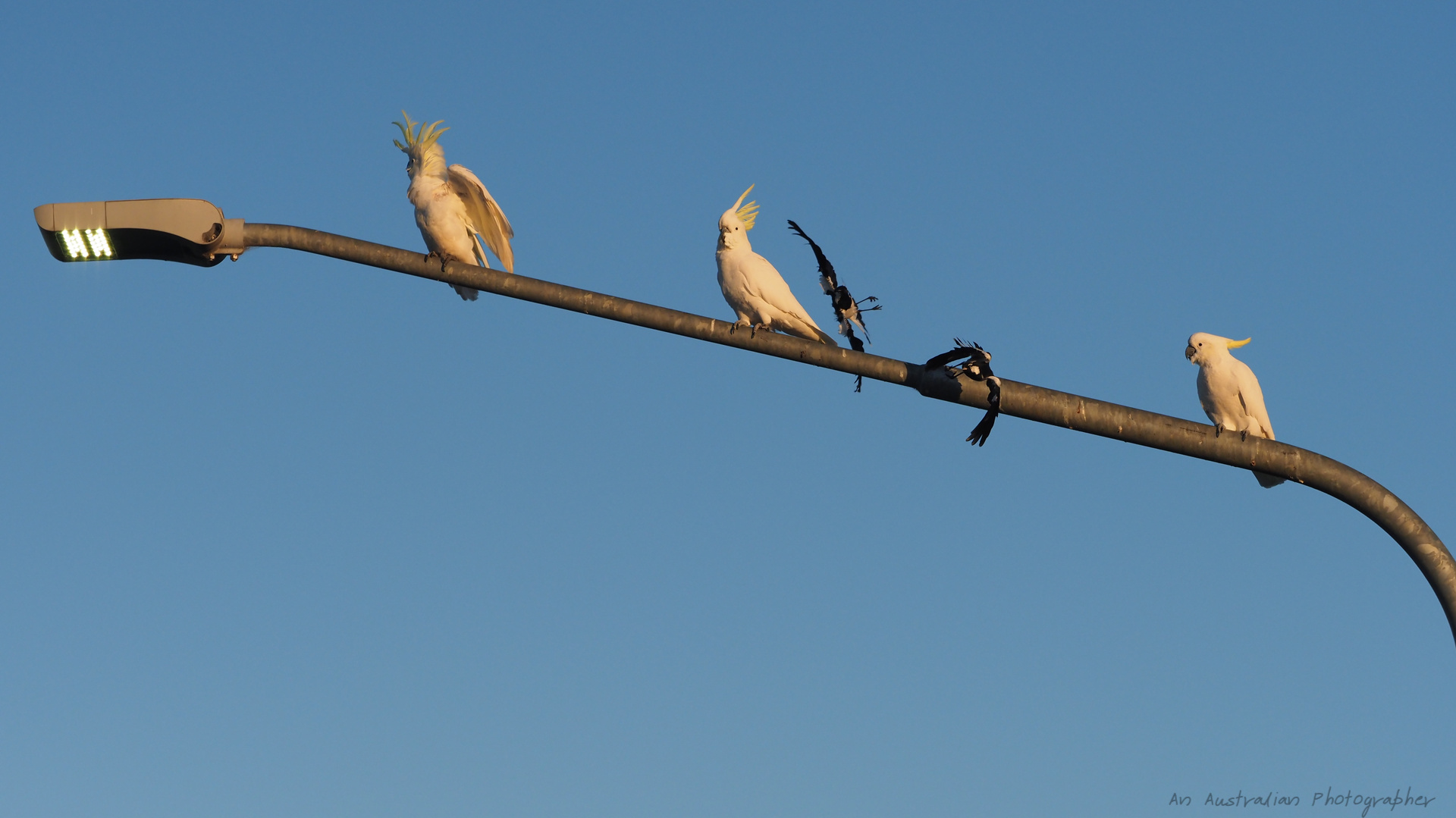The short answer is any one you feel comfortable carrying and using.
Mobile phones cameras are fine and over the last few years, almost any phone would produce an image that would look good on a computer monitor.
You could also use a film, compact, tough or DSLR.
Camera ergonomics and being able to effectively control the camera are a much higher priority than anyone mandating that a specific camera needs to be used.
**Camera/Lens field of view in mm.
**
If you were competing in the early 90's film cameras would be the only choice, and some cameras would be compact enough to fit in a jacket pocket. Most wouldnt have zoom and have a fixed wide angle lens (28-35mm in 35mm equivalent)
The field of view of a camera is commonly referred to as a unit in mm. I think it was because it described of how some part of the lens was away from the film. Whatever it actually, means, a lens described as an 14mm lens has a very wide field of view. From the left to the right, it can capture over 90 degrees of light.
Common wide angle lesnes are 28-35mm. having a slightly narrower field of view is a 50mm lens which is commonly used for portraits. Lenses around 200mm are useful for capturing sports and 300mm+ lenses would be useful for getting photos of birds or other far away things.
The mm unit of measure is based on the film or sensor size and was the standard when 35mm film was the widely used. Lenses in compact cameras might actually be something like a 5-14mm lens, but due to the smaller sensor size this might have the equivalent field of view to a 70-200mm lens so figures may be used as '35mm equivalent'.
I have a compact camera which has a 28-300mm lens (35mm equivalent) and i would consider it an excellent choice to be able to capture most wide shots and be able to zoom in on wildlife if the opportunity arose.
Megapixels
A megapixel is a unit of measure for how many millions of pixels are able to be recorded when an image is taken. A Full HD monitor (1920x1080 pixels) can display 2,073,600 pixels. a 4K monitor (3840 x 2160) can display 8294400 which is 4 times as many pixels.
Most relatively new cameras can capture over 10 megapixels, it might have been a consideration when digital cameras were still evolving, but unless you want to print posters or have a super fine magazine cover image, then megapixels shouldnt be a big consideration.
Related, if you are printing, you typically want 150-300 dots per inch to have a nice high resolution print. For A4, i would want to get 300dpi and as the print gets bigger towards a poster, i would be comfortable using a lower dpi as people are less likely to look closely at the details.
You might want a tough camera which is able to be taken in water if you are going to complete more adventurous courses or compete in inclement weather.
Interchangeable lens cameras are also something to consider, but i think having to carry an extra lens during an event and changing it on the fly could be more hassle than its worth.










I made a post similar to what your asking a while ago. I dnt have a lot of time right now, but will come back and provide a better response and read the updates. https://lemmy.world/post/22107397